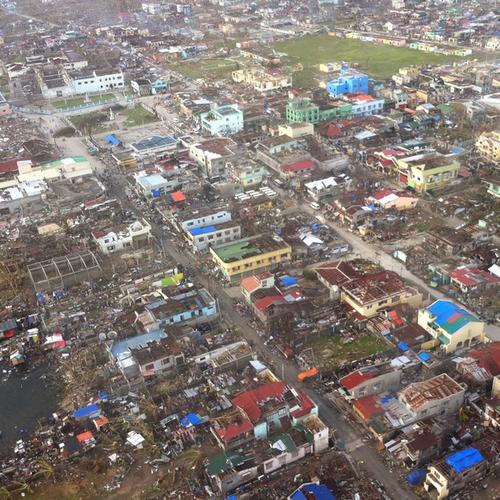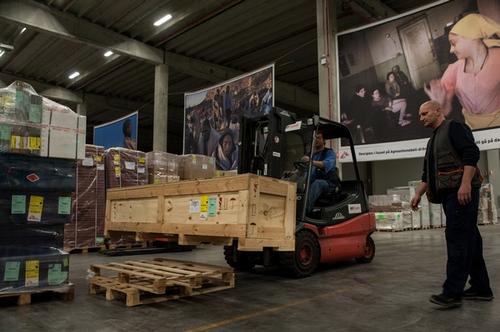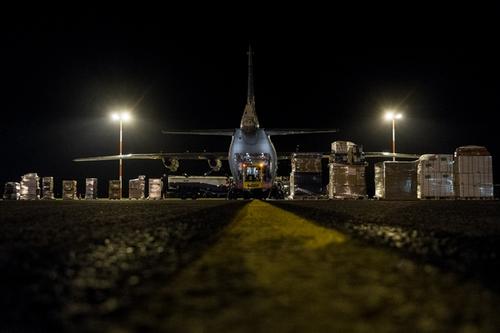"This sort of disaster is unprecedented in the Philippines"
Interview with Dr Natasha Reyes, MSF emergency coordinator in Philippines
“Right now we’re operating in a relative black hole of information. We know from the very little we can see that the situation is terrible. But it’s what we don’t see that’s the most worrying. The reports we’re receiving from Tacloban are that the entire city of 400,000 people has been devastated. But there are hundreds of other towns and villages stretched over thousands of kilometres that were in the path of the typhoon and with which all communication has been cut. To be honest, no one knows what the situation is like in these more rural and remote places, and it’s going to be some time before we have a full picture.
This sort of disaster is unprecedented in the Philippines. The effect is something like a massive earthquake followed by huge floods.
Our initial focus will be on the province of Leyte, which was hit first as the typhoon came ashore. We know that many medical facilities have been destroyed or damaged, with medical equipment simply washed away. On top of this, a lot of health staff are unaccounted for, meaning the resources are severely depleted.
Intense pressure
Injured people have converged on the airport, where the Philippines military is providing medical care. But they’re under intense pressure, particularly for drugs and supplies, so we will set up a medical team there to support them. People are bringing the injured to the airport from the town by motorbike or on foot; it’s a six-hour walk.
The regional hospital in Tacloban was hit by a storm surge and much of its medical equipment was washed away. It’s unclear yet what was left. We have identified one still functional hospital in Tacloban, which we are planning to start supporting with staff, supplies and equipment in the next couple of days.
For sure, there are wounded people who have not yet received medical attention. Usually, in these types of disasters, the main needs are related to people being displaced from their homes, and the injuries are relatively minor – cuts, broken bones, head wounds. But with so many houses and buildings having collapsed because of the strong winds, we’re expecting to see some significant injuries.
Tetanus infection
Tetanus infection is also a major hazard. From our experience with the Aceh tsunami and other disasters, people are driven to search in the wreckage of their homes, and they get cuts which rapidly become infected. So vaccination against tetanus is vital.
Our priority is to address the urgent and immediate medical needs, of which we are sure there are many. After that, really it’s everything – shelter, water, food. They’ve lost everything. We’ve heard reports that people are walking around aimlessly, completely desperate. The mental health needs are going to be huge; our team will be joined by a psychologist in the next few days.
At this early stage, the big issue for us is moving people and aid supplies to the affected area. Tacloban itself has limited capacity for flights, but we are doing our best to get our teams up and running.
Desperate and stunned
As we are able to get more staff into the disaster areas, our strategy will be to move outwards from Tacloban town to the surrounding region and islands. We think that Eastern Samar is probably the next priority for us to tackle. That will mean using a helicopter to assess the more rural areas and then speed boats and barges to visit, treat and potentially supply the coastline populations through mobile teams.
As a Filipino, I know that we’re a resilient people. We’ve been battered over and over again by natural disasters. So when I hear about people being so desperate, so stunned, so hopeless, it really tells me just how bad this is.”





